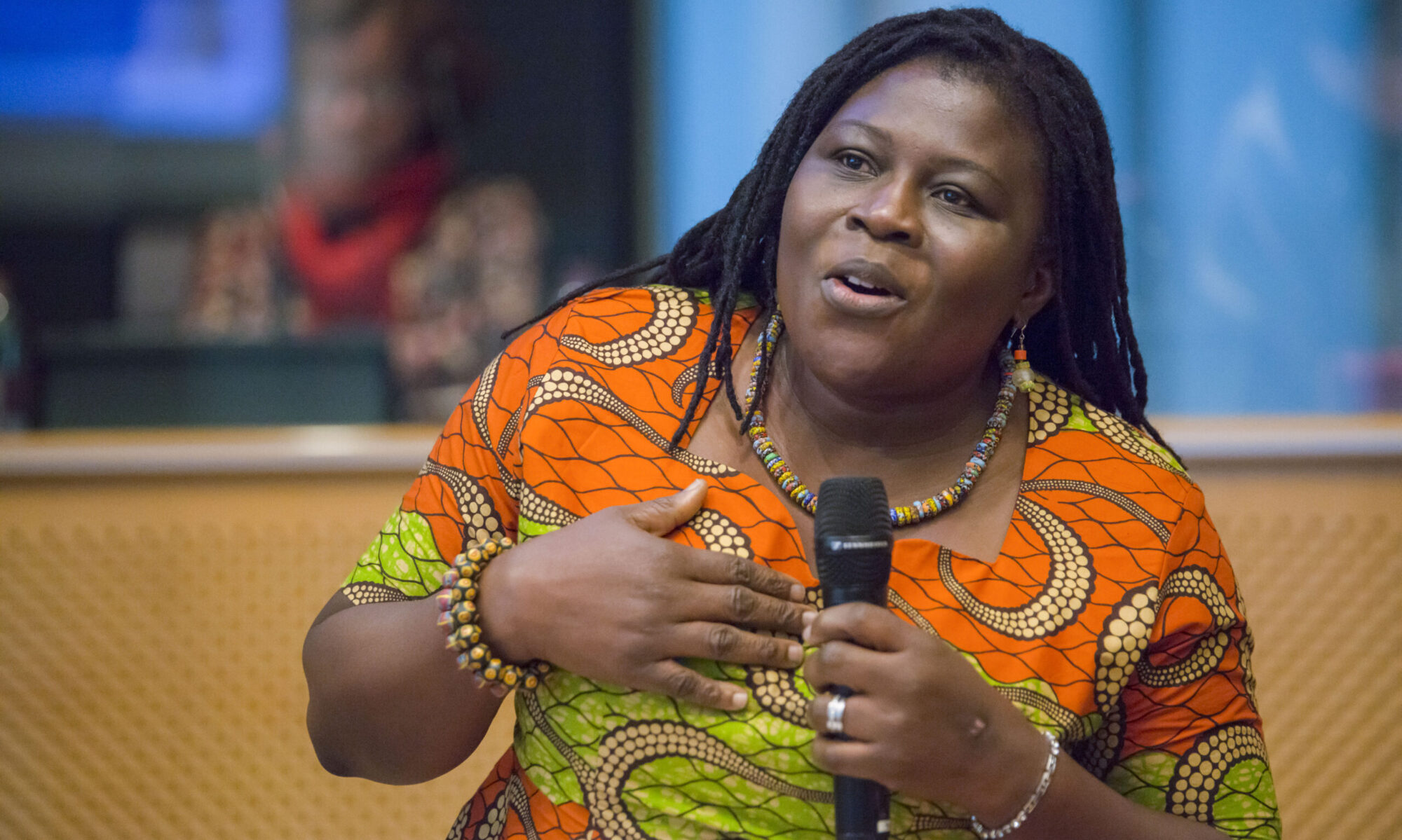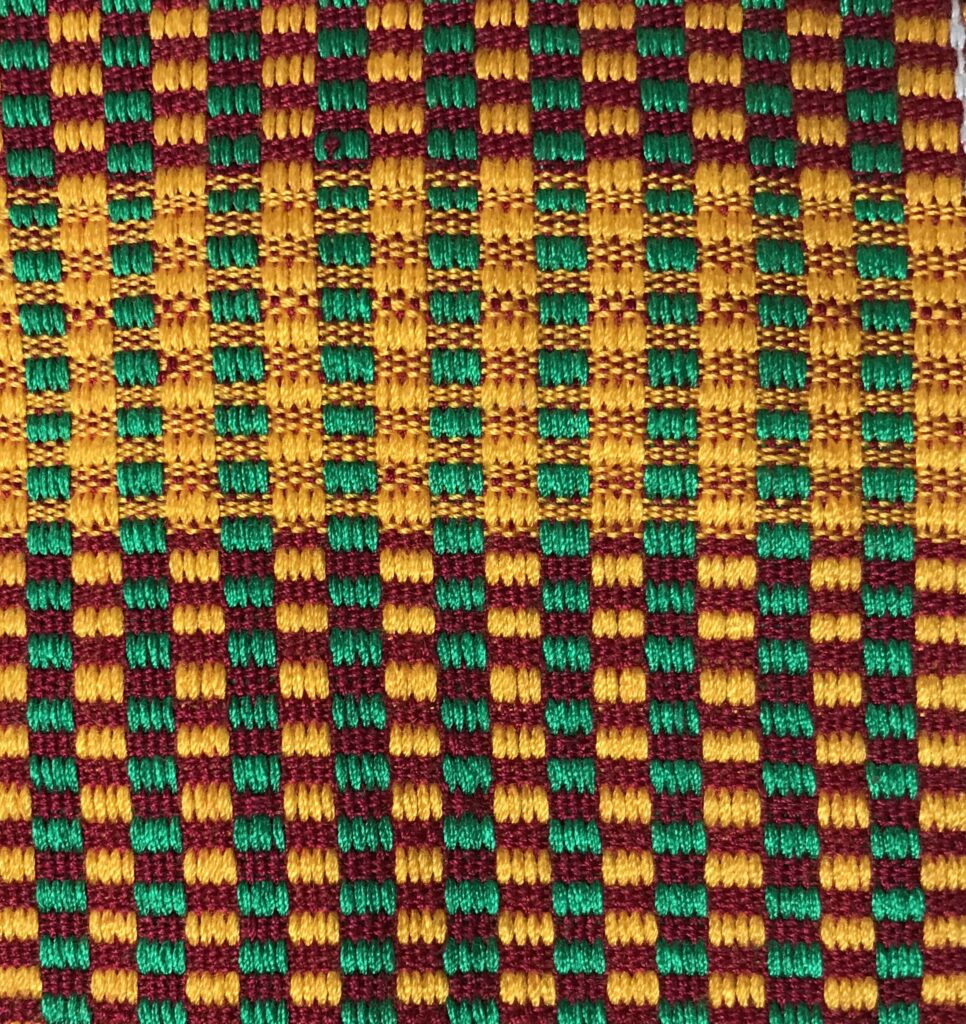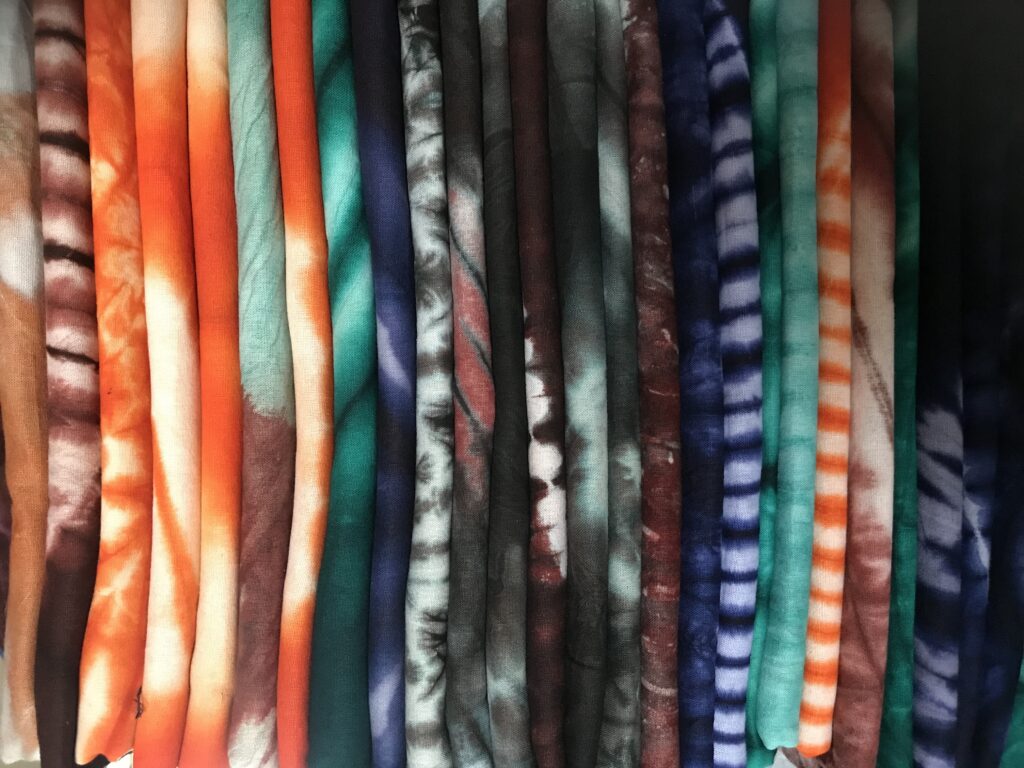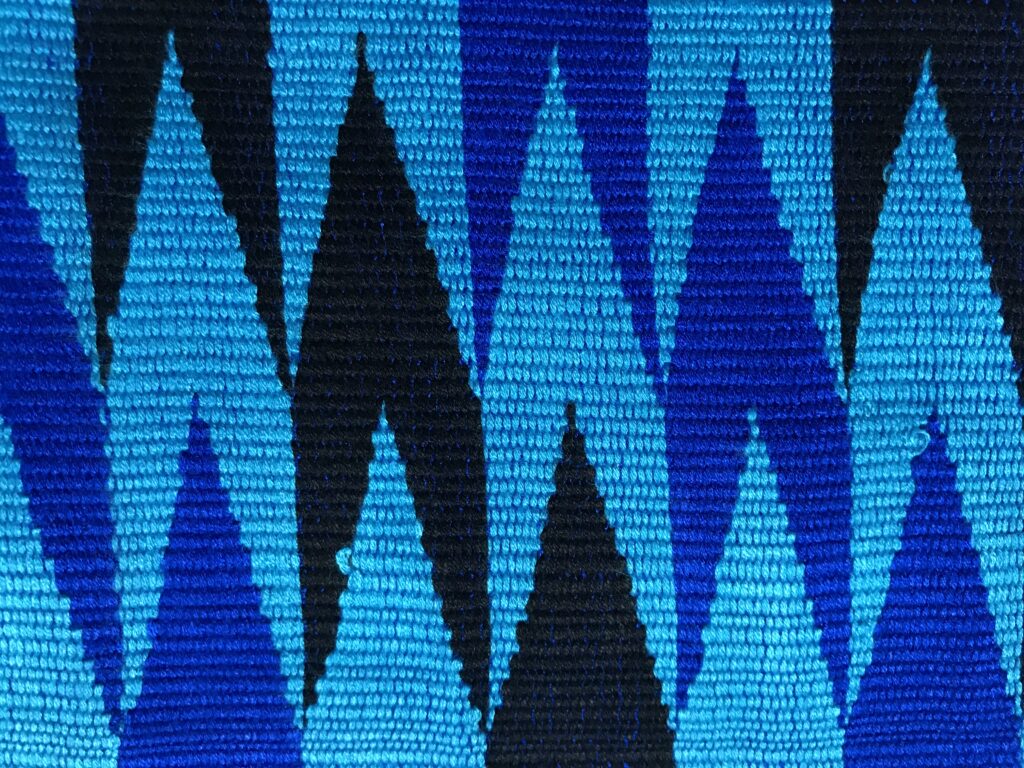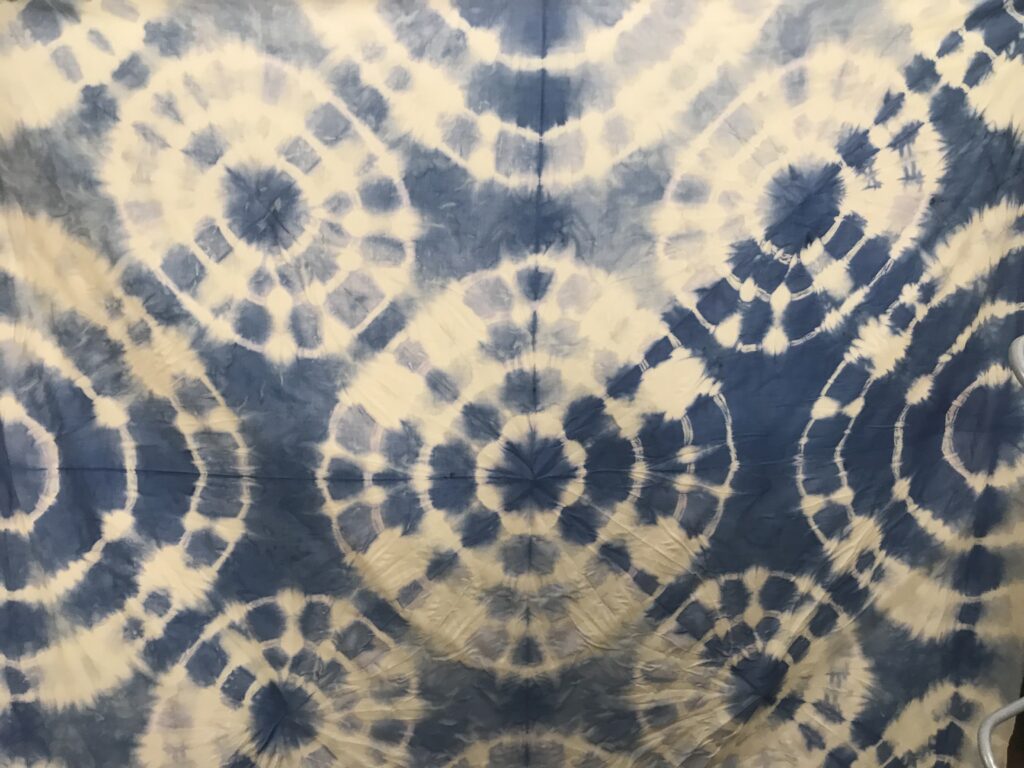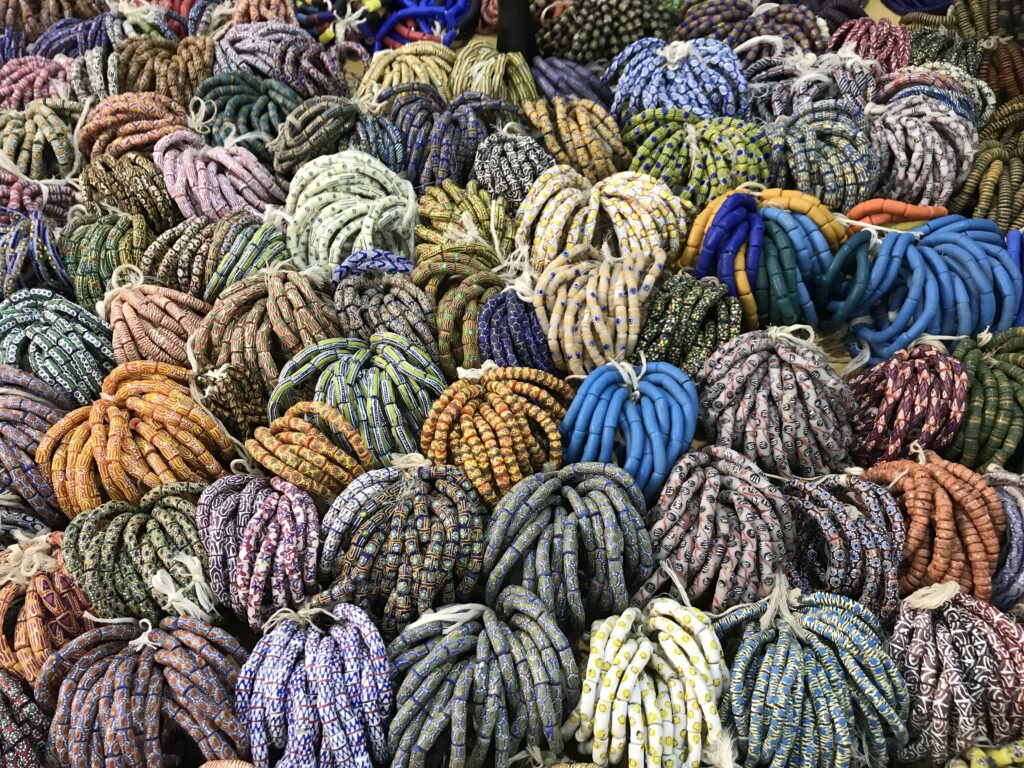My name is Naa Densua Tordzro and I welcome you to this digital space.
This website hosts the production aspect of my practice-based research which accompanies my research thesis. I present it for examination in partial fulfilment of the degree of MPhil in Education at the University of Glasgow, Scotland – August 2020.
The MPhil research is concerned with decolonising African textiles, in particular Ghanaian cloth and wax prints. It focuses on the uses, significance and meaning of designs and patterns in most of the Ghanaian indigenous textiles such as Kente, Adinkra, Tie and Dye, wax and roller prints made in Ghana. It does so in order to explore the relationship between colonisation, past and present day, the cultural and manufacturing history and naming of prints, and the changes that have occurred in designs and names.
It examines how designs in the cloth are named within prevailing social concepts, contexts and trends, and the various ways in which Ghanaian practitioners, including myself as a practitioner, visualize and articulate ideas and experiences through these cloths. It also examines how multinational cultural appropriation has affected the naming systems in Ghana.
Through a survey of existing literature and through my practice of working with oral traditions of textiles and garment making I show that Ghanaian textiles provide symbolic expressions of wealth and status, positionality in society, as well as communicating thoughts, mood, feelings, state of mind and perceptions about the social world and beliefs of the people who use them. I show how textiles are also a source of information that offer meaning and interpretation to some aspects of Ghanaian social and cultural life. The evidence of this is found in textiles such as wax and roller prints, Kente and Adinkra cloth with wide-ranging patterns and names in Ghana. I evidence this in the second half of the thesis through the cataloguing and curation of cloth patterns and names, and the use of proverbs in cloth design, emphasising the role played by market traders in the naming and design of cloth.
Finally, I offer a case study by way of this accompanying online exhibition of what I have produced through practiced based research. The written thesis which provides the explanatory foundation for my work in this online exhibition is meant to be read in conjunction with this digital installation. The exhibition, however, stands alone.
